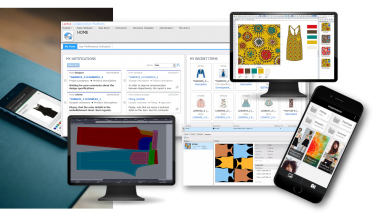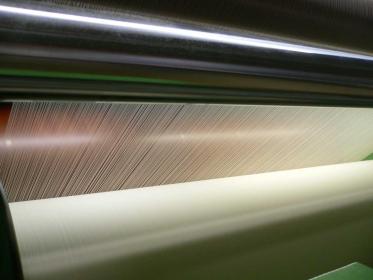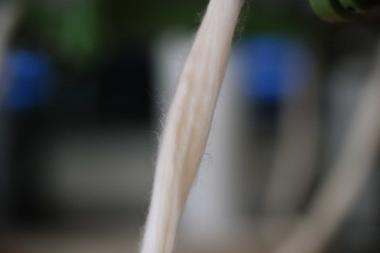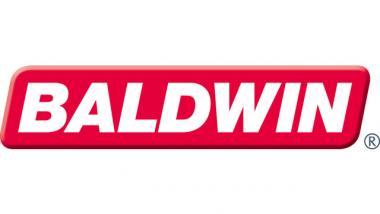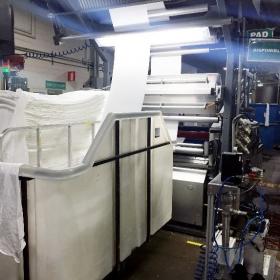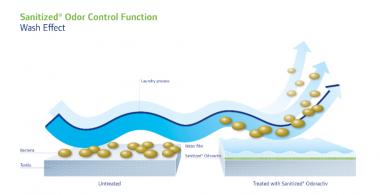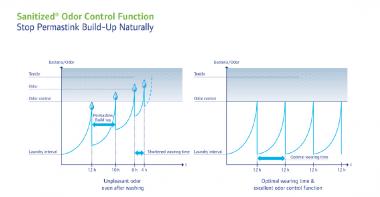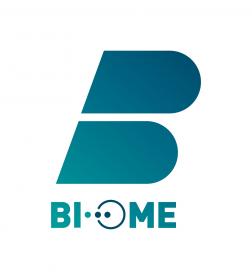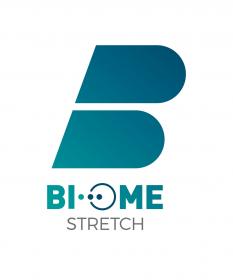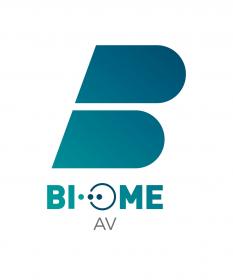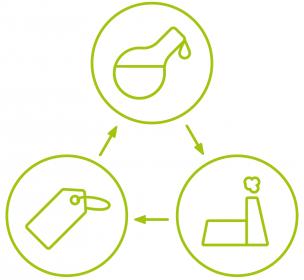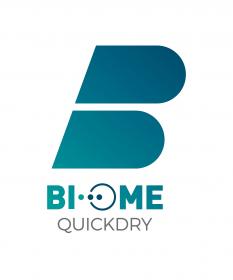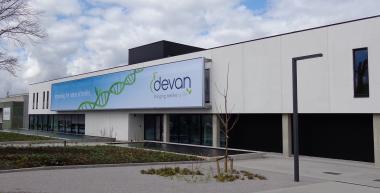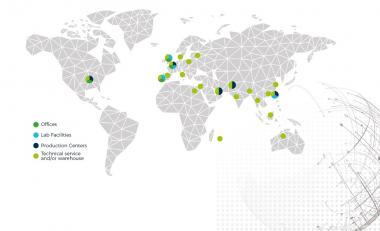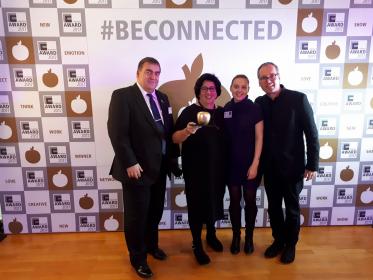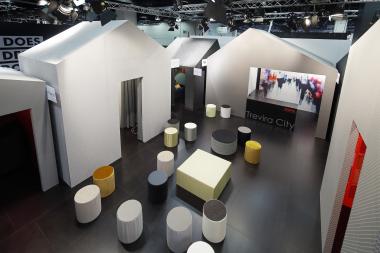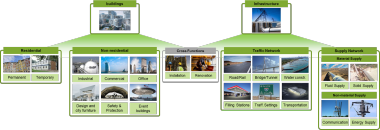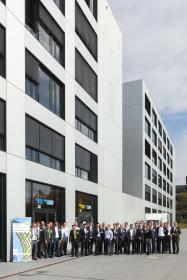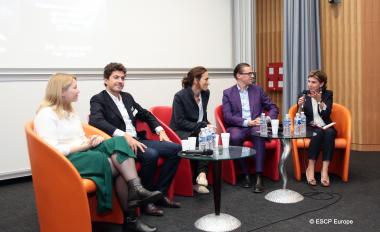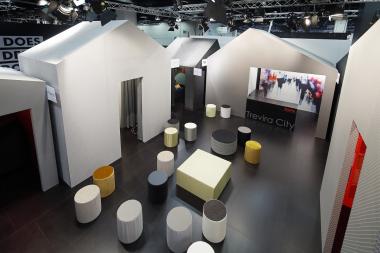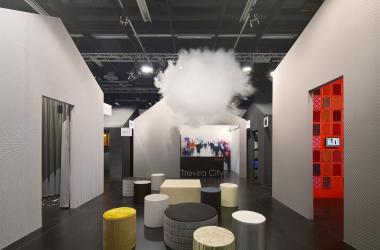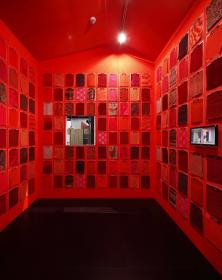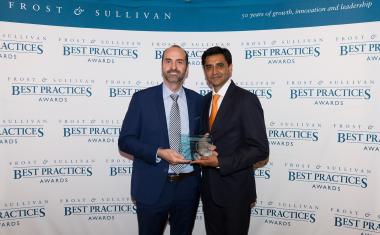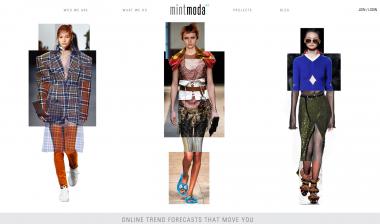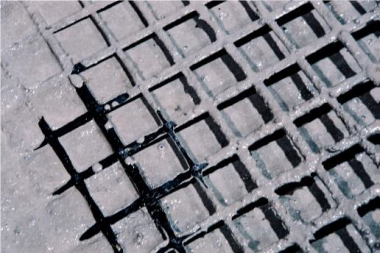Oerlikon: AC-Automation Acquisition
- Oerlikon integrates automation solutions for largescale plants in technology portfolio
Remscheid, Germany / Pfäffikon, Schwyz, Switzerland - Oerlikon announced today that it has acquired Germany-based AC-Automation GmbH & Co. KG, an engineering company specializing in large-scale plant automation solutions for the textile and packaging industries. The two companies have been partnering since the early 1980s. The integration of AC-Automation in Oerlikon expands the market-leading technology portfolio of its Manmade Fibers Segment. It also marks a milestone in Oerlikon’s ongoing quest to offer innovative, fully automated and digitally networked Industry solutions in the manmade fiber industry.
The 60 employees at AC-Automation’s Bernkastel-Kues and Augsburg locations will become part of Oerlikon’s Manmade Fibers Segment, which includes the leading brands Oerlikon Barmag and Oerlikon Neumag. The move will expand the Segment’s business model, adding another key core component to its current offering of production plants and technology solutions from melt to yarn, fibers, andnonwovens. Ultimately, Oerlikon will be able to offer customers a total solution from a single source, including automation logistics for packaging, high-bay storage, and other areas, which complement its current market-leading spinning and process technologies for the textile industry.
"We see our expanded overall offering as an Industry solution, reflecting the future of an even more efficient, digitized and profitable chemical fiber industry, especially for large-scale plants with daily production capacity of several hundred tons of polyester, nylon, polypropylene, or other manmade fibers,” explains Georg Stausberg, CEO of the Manmade Fibers Segment. Manmade fiber producers from China — the world’s most important market, generating more than 70 % of worldwide manmade fiber production — as well as companies from other fast-growing markets such as India, Turkey and the USA are also relying on automated and networked Industry total solutions.
"The acquisition and integration of AC-Automation’s automation solutions will provide new opportunities for our manmade fiber business. It enables the Segment to increasingly position itself as an Industry solution provider in combination with our own digitization solutions,” says Oerlikon Group CEO Dr. Roland Fischer. “As a leading provider of advanced materials, surface solutions and materials processing including the engineering and production of polymer plants, this acquisition marks another milestone in Oerlikon’s strategy to strengthen its businesses and thus sustain profitable growth.”
"After such a long partnership, we are excited to be able to benefit even more in the future as part of a global player in the textile industry. Our market access will further improve with the help of the Oerlikon
Group's sales and service network. For my employees, I am very pleased to be able to bring them into an international Group, in which there would be new opportunities and perspectives for them personally,”
said Rolf Gänz, AC-Automation’s Managing Director.
Oerlikon - Corporate Communications
and Public Affairs (Segment Manmade Fibers)



